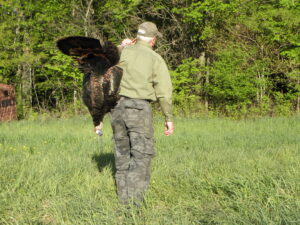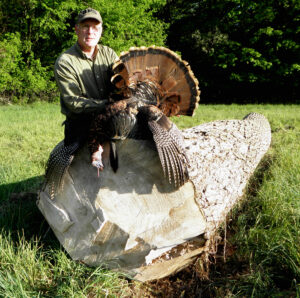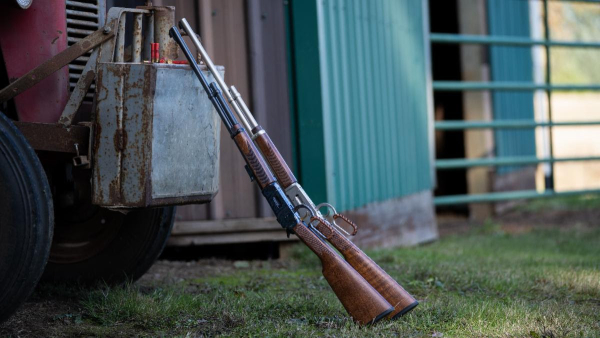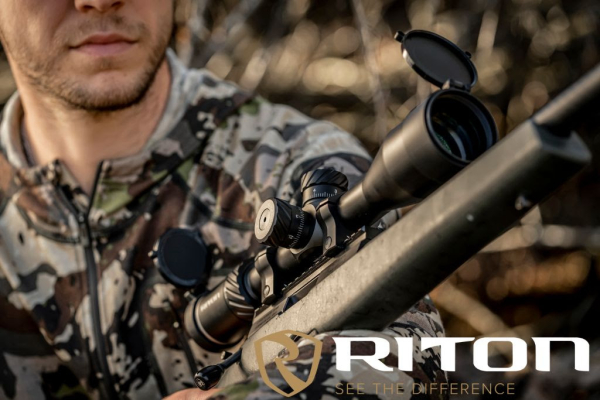
Success in Shiawassee County, Michigan
Wild turkey hunting season has opened! When I think back to my first Michigan turkey hunt conducted in the past century, I realize how much has changed. We had very few turkeys after attempts to reintroduce them had failed. Of course, wildlife officials had yet to learn that raising the magnificent birds in pens and then releasing them was only a good way to waste millions of dollars; the birds had not learned anything more than when the dinner bell sounded, and unfortunately, could not fend for themselves and perished.
The way forward, however, was established when wildlife biologists learned that trapping and relocating wild birds to suitable habitat was our future. The birds were not only surviving, but thriving! Little did anyone know where the movement was headed.
There were no over-the-counter licenses available; drawings for permits were difficult, as well, and rightly so. Although wild turkeys were already making their national comeback, we still had only pockets of the wild gamebirds, but by chance, I had discovered there were some in Montmorency County during small game hunting and made plans for a spring hunt.
To become successful, I listened intently to any audio recordings available to learn the sounds of the tasty dinner bird. There was no YouTube; heck, VHS tape had yet to become popular, and therefore, my cassette player was my teacher through the audio classroom of one Rob Keck – future CEO of the National Wild Turkey Federation (NWTF).
He taught me the requisite vocals and tactics I would carry to the field in the northern woods. With only a three percent success rate at the time, I would need some luck, too.
I pitched my two-man tent on state land and began my scouting only a day before the opener. To the highest point in the area, I drove my VW Rabbit up the one-way trail to the top, where I could see for miles in any direction. The plan was to watch for unsuspecting hens and gobblers, as they flew to their roosts. I was astounded, when I saw exactly what I wanted: birds settling in for the night.
That meant they’d be there in the morning and so would I. With number 4 shot and a double barrel, side-by-side Spanish shotgun, I snuck to the field’s edge and hastily fashioned a ground blind. With a 180-degree view, I sat there with high hopes, a box call, and no decoy.
As light made its appearance, a gobbler sounded off to my left; then an answer to my right. I couldn’t believe my ears! Dueling toms! My heart was getting a workout when I spotted one of the males entering the field. I was too scared to make a sound. Yes, I was frozen in amazement.
When I realized the gobbler wasn’t coming any closer, I thought I had better take my shot. Pow! And, the prize scampered away leaving a single feather in its wake. I had paid my dues.
Since then, I’ve taken a fair amount of gobblers over the years including one that’s in the Commerative Bucks of Michigan’s record book.

A Good Michigan Gobbler
With success rates near 50 percent, modern gear from pop-up blinds, dedicated turkey guns, specialized ammo, trailcams and an abundance of birds, has made it all more possible. Thinking back, these are the good ol’ days.











